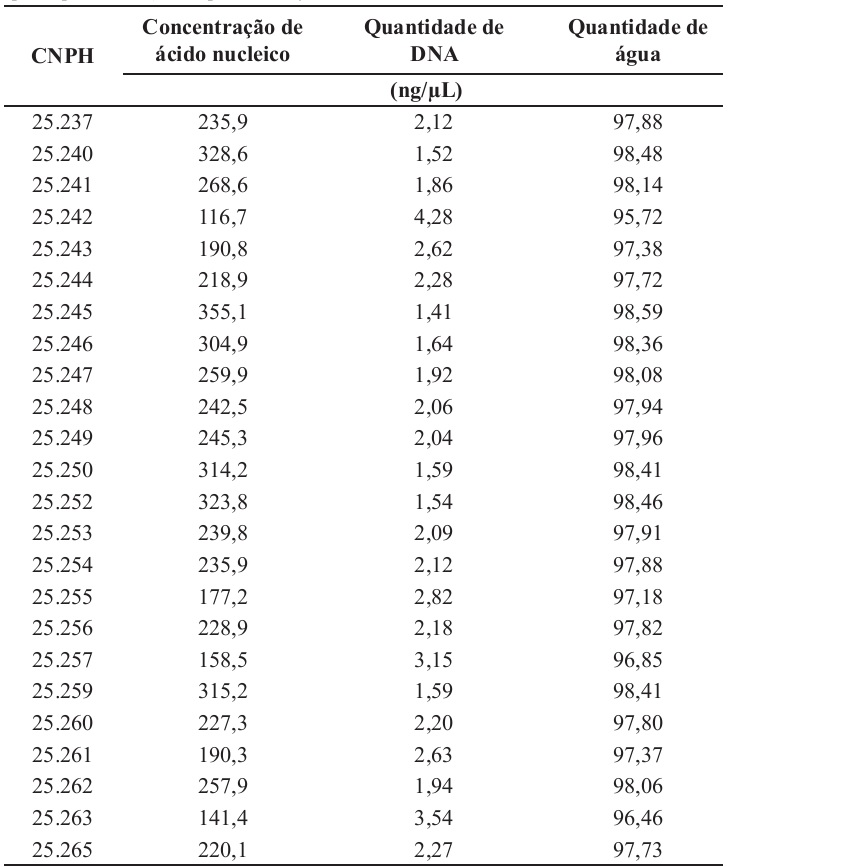The genetic variability found in the genus Capsicum is broad, both in quantitative as well as in qualitative traits. In Brazil, the hot pepper market has expressive socioeconomic relevance due to the high number of small farmers involved in the production of different pepper types. An increase in the demand of Jalapeño peppers has been observed in the past years due to the thick pulp produced, a trait of interest in the production of hot pepper sauces. Twenty-four S4 yellow Jalapeño inbred lines from the Capsicum breeding program at Embrapa Vegetables and two controls from the Universidade Estadual Norte Fluminense Darcy Ribeiro (UENF) germplasm bank were analyzed with SSR markers with the objective of studying the genetic variability within and among the inbred lines. Sixty-three primers were used for the initial trial and fifteen of these detected polymorphism. Average polymorphic information content (PIC) for the fifteen primers was 85% and out of these, eleven had PIC above the average. The band pattern indicated that the 24 lines are highly homozygous and that there is variability between them.
Capsicum annuum var. annuum; DNA extraction; microsatellite




